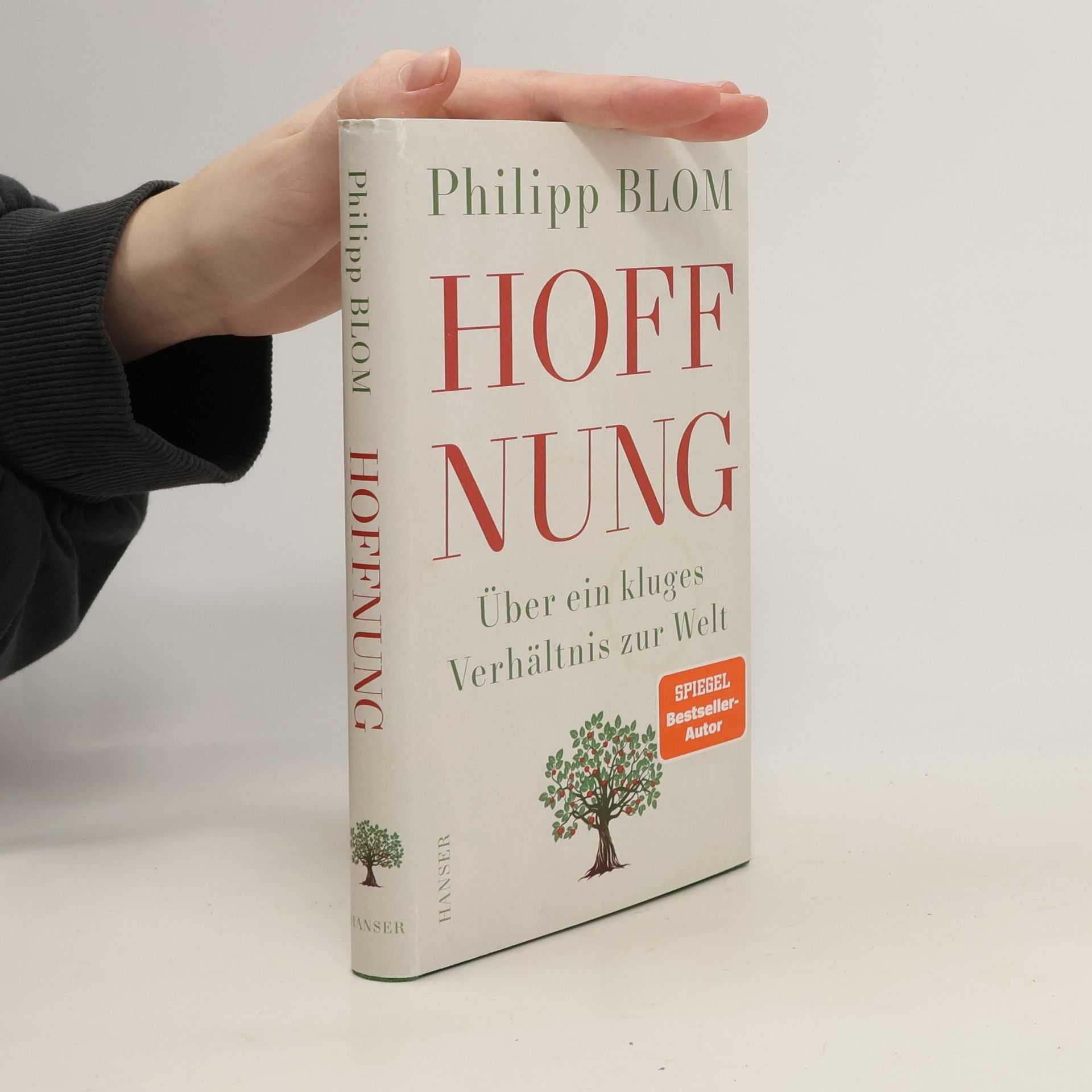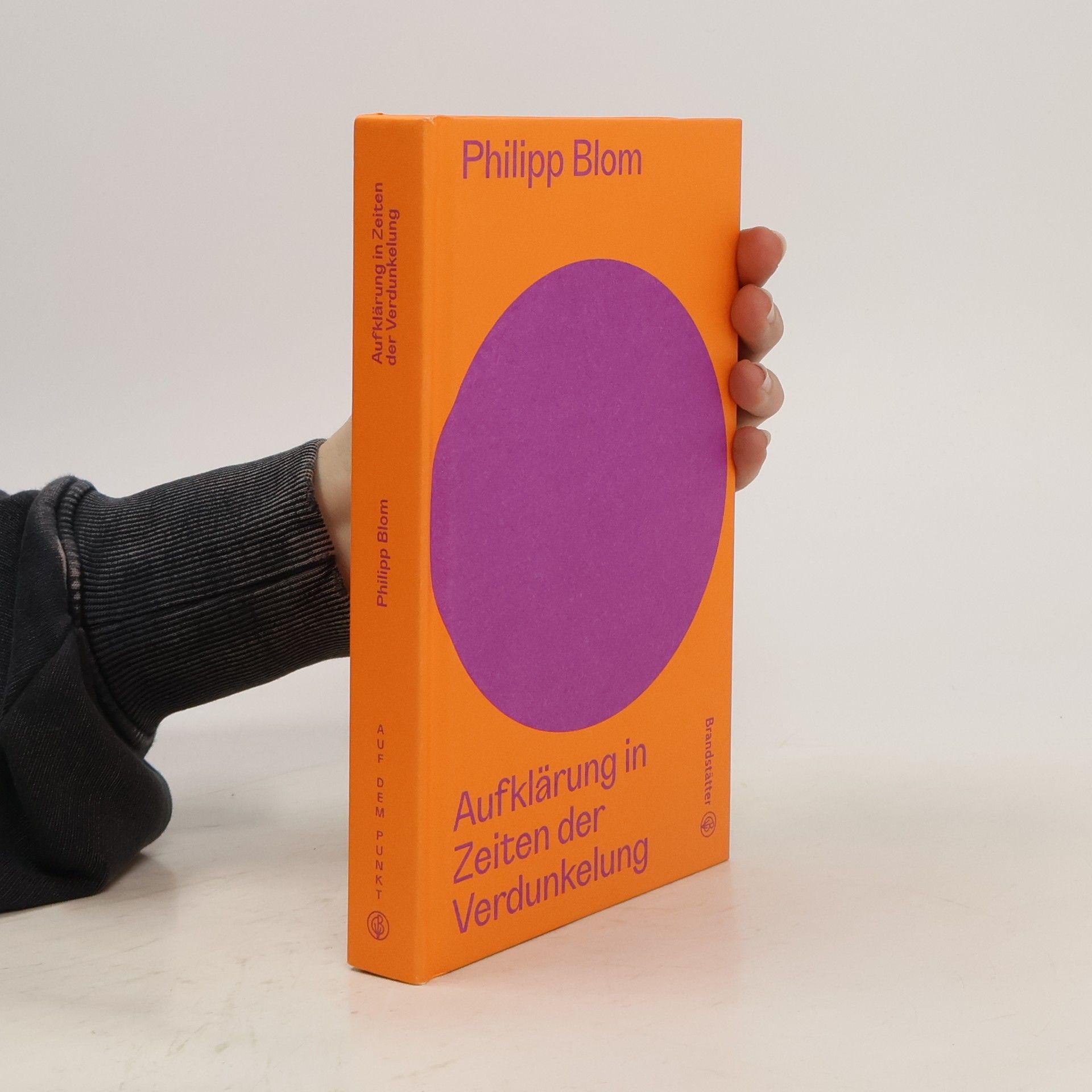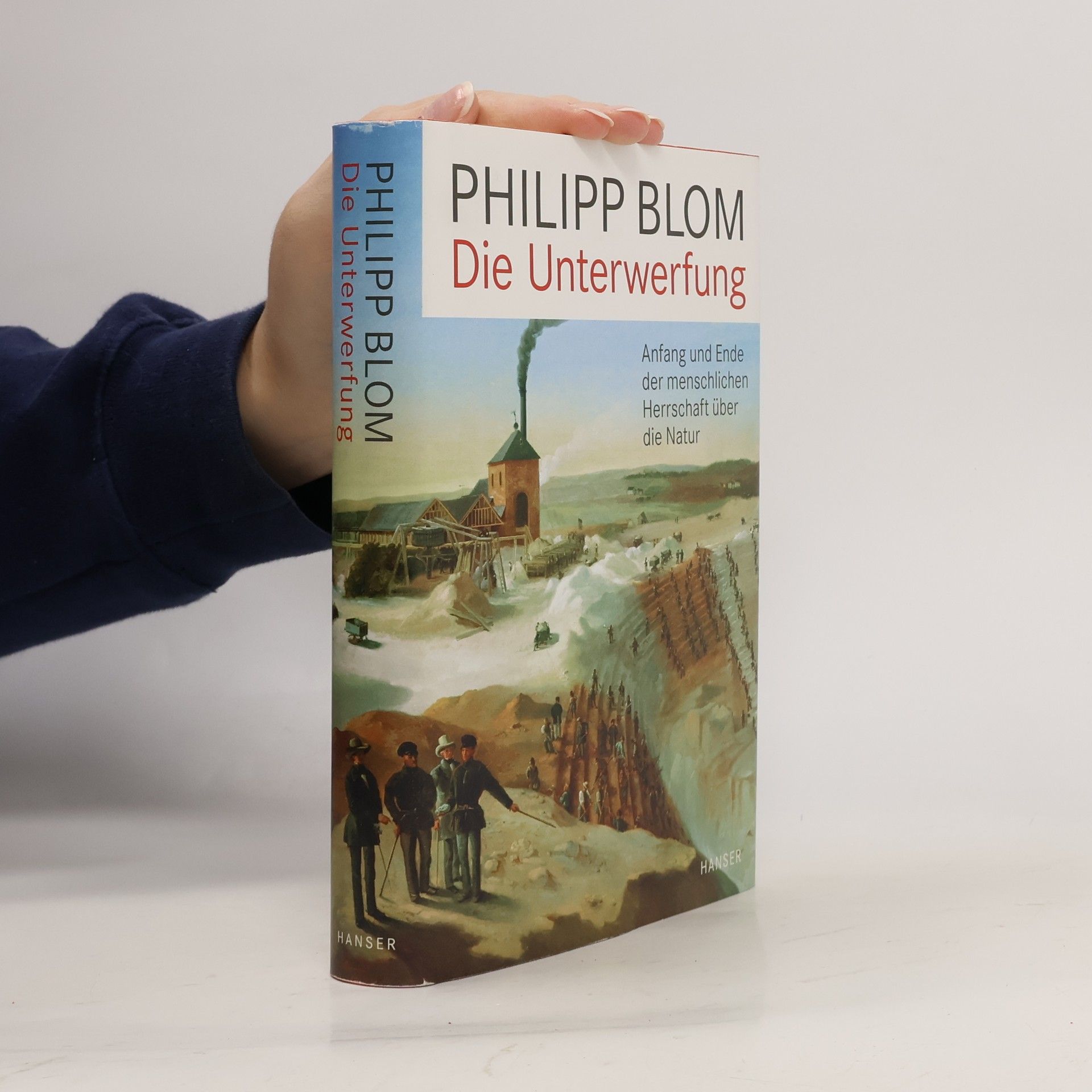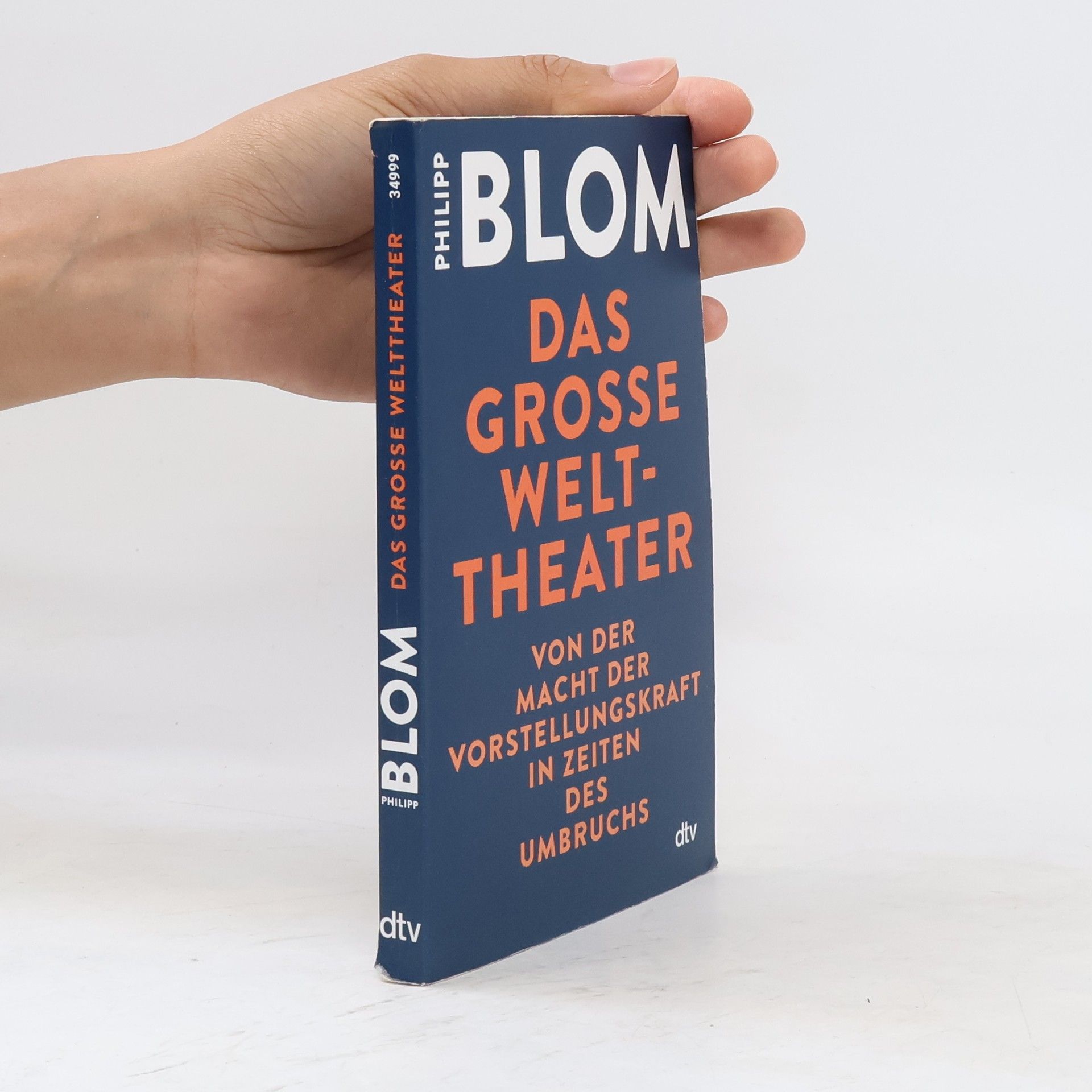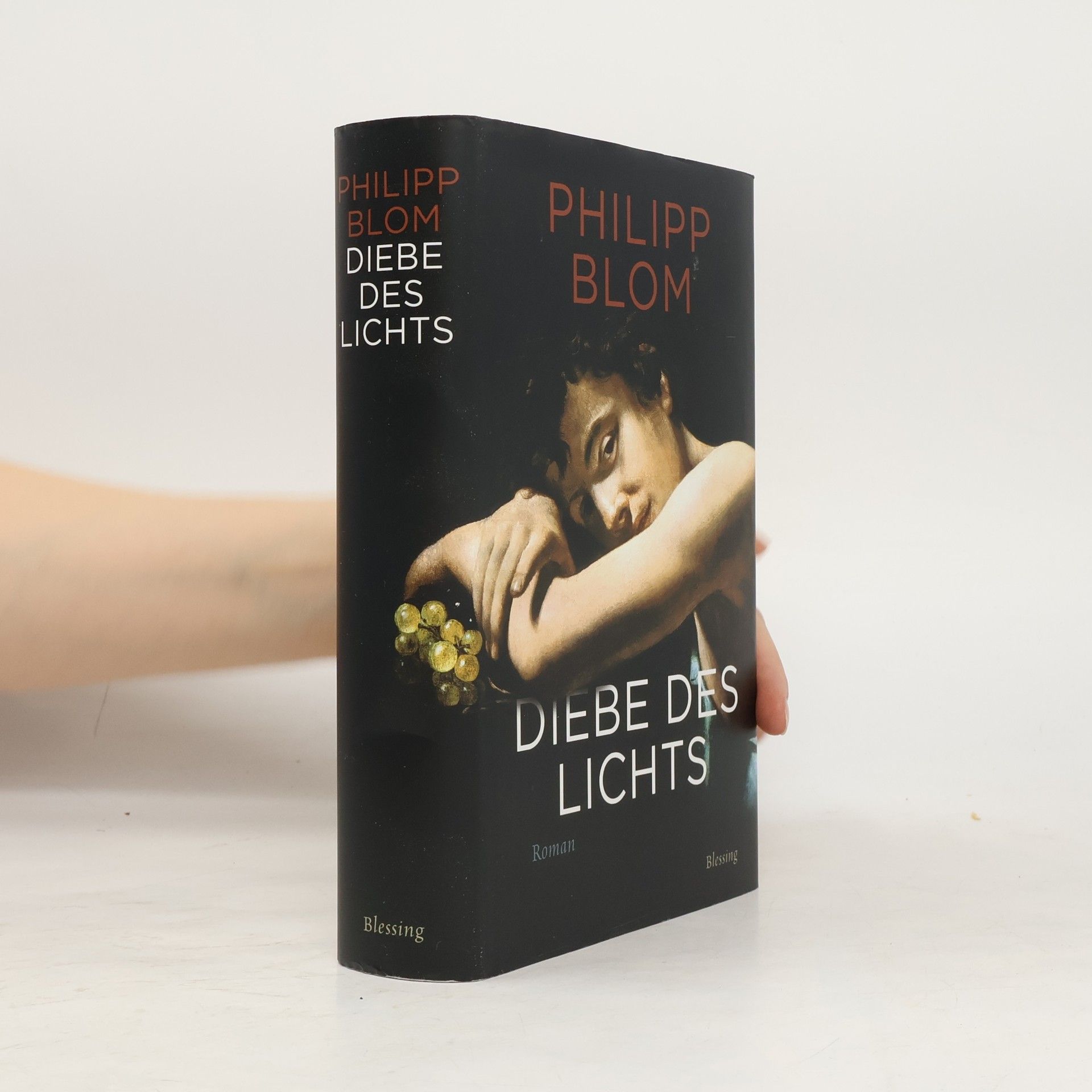Philipp Blom untersucht die Ursprünge der Hoffnung und argumentiert, dass das Bedürfnis nach Sinn und Zielen wie Gerechtigkeit und Nachhaltigkeit uns helfen kann, eine bessere Welt zu gestalten. Diese Haltung ist wichtig, um dem Pessimismus entgegenzuwirken und ein sinnvolles Leben zu führen.
Philipp Blom Book order
Philipp Blom is a German novelist whose work bridges intellectual history with contemporary culture. His writing explores how past ideas and collecting passions shape the modern world. Blom connects historical depth with insightful observations on cultural shifts and human desires.

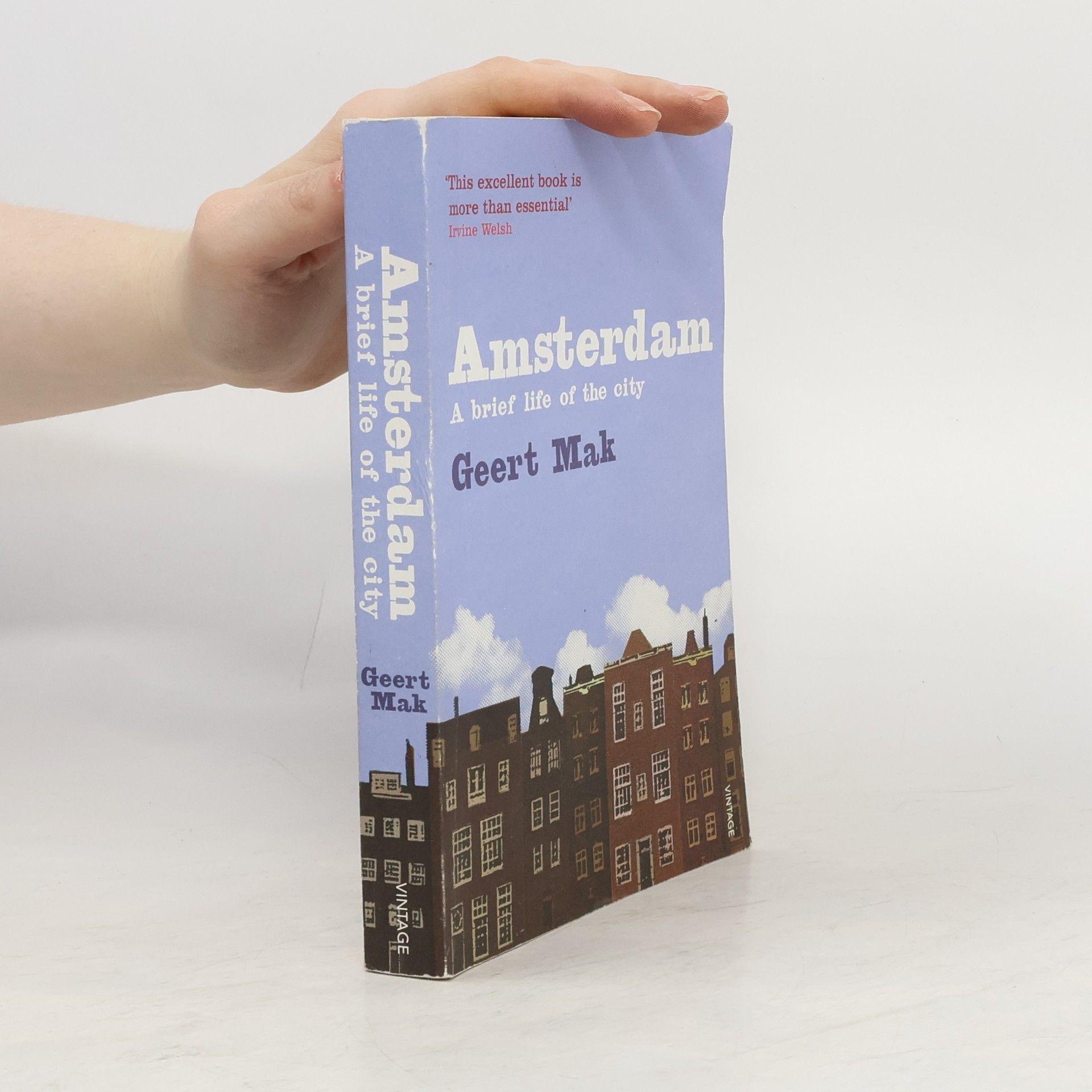
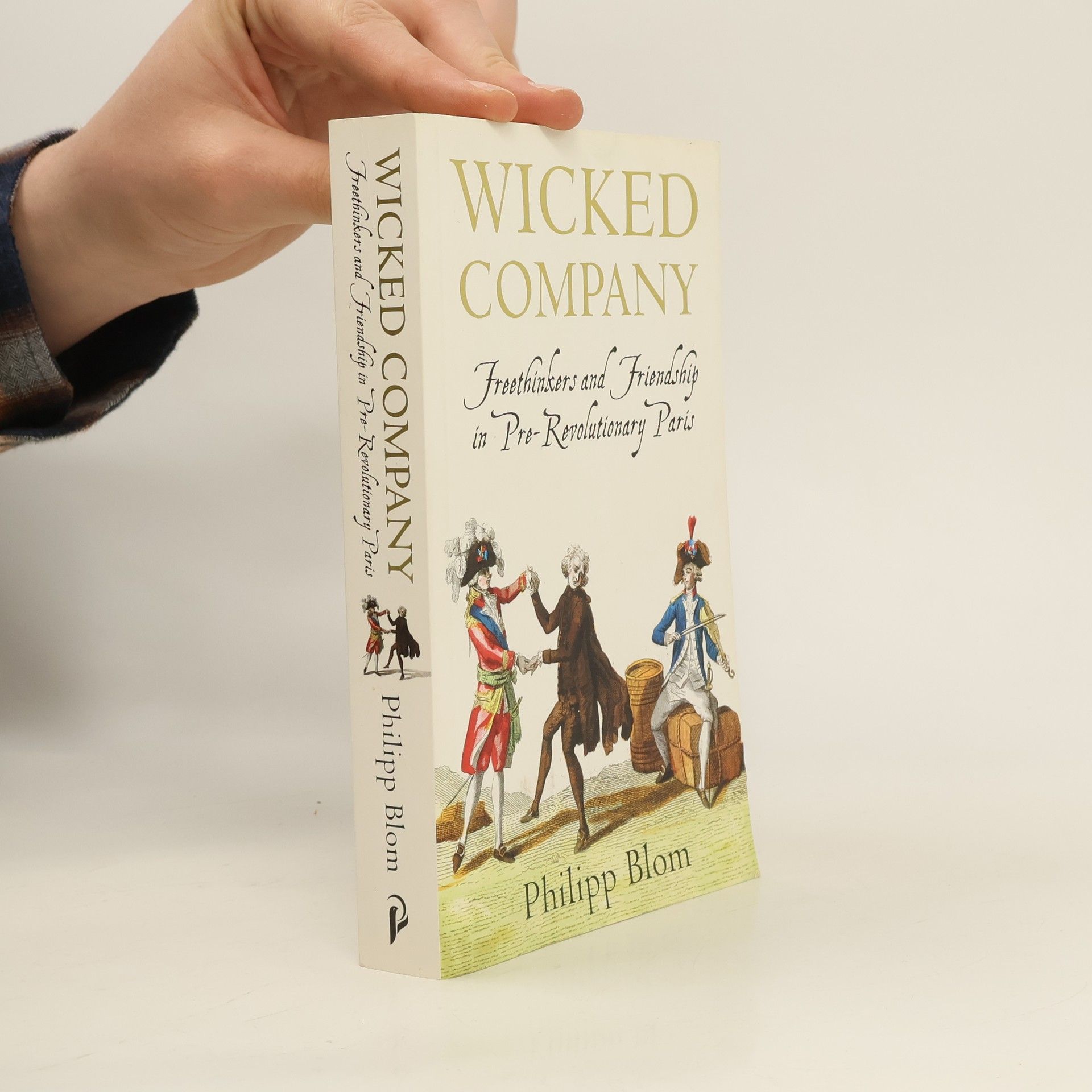


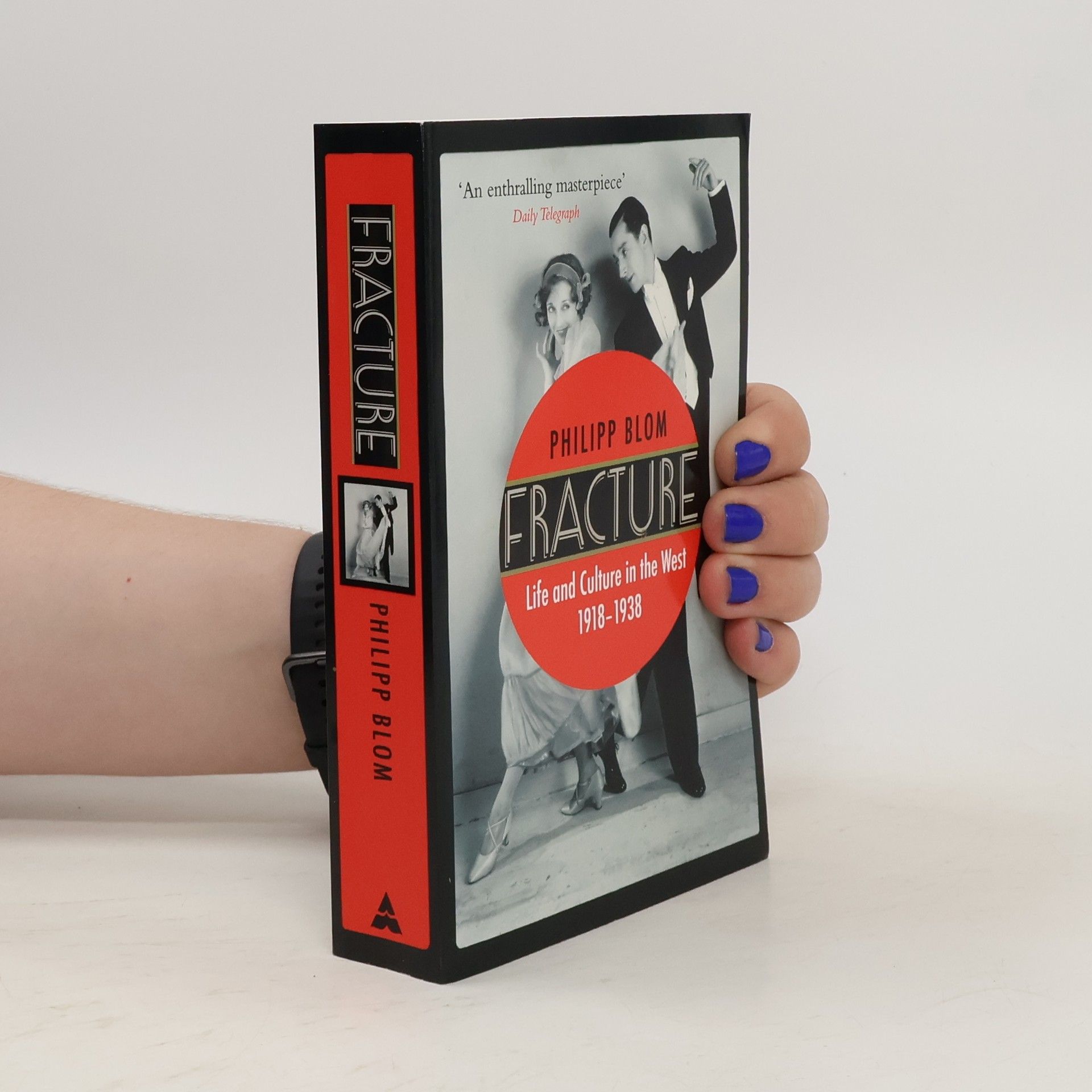
- 2024
- 2023
- 2023
Dieses Buch ist der Aufruf zu einer neuen Klarheit des Denkens. Denn die Probleme von morgen können wir nicht mit der Denkweise und Philosophie von gestern bekämpfen. Wenn die wichtigsten politischen und philosophischen Errungenschaften der Aufklärung – Demokratie, Menschenrechte, evidenzbasiertes Denken – überleben sollen, müssen wir eine Lebensweise und ein Verständnis der Welt entwickeln, die dem menschlichen Wohlergehen verpflichtet sind und von planetarischer Gerechtigkeit getragen werden. In existenziellen Krisen der Menschheit ist das Ethos der Aufklärung notwendiger denn je. In seinem kämpferischen Essay zeigt Philipp Blom: Es sind mit theologischem Schutt behaftete Ideen, die von der gemäßigten Hauptströmung der Aufklärung transportiert wurden und unser Denken und Handeln bis heute prägen. Jetzt ist es Zeit für die wahre, radikale Aufklärung!
- 2022
Die Unterwerfung
Anfang und Ende der menschlichen Herrschaft über die Natur
»Macht euch die Erde untertan« – Philipp Bloms Universalgeschichte der Unterwerfung der Natur »Macht euch die Erde untertan«: Vor rund 3000 Jahren legte der Autor der Genesis seinem Schöpfer diesen Satz in den Mund. Damit war die Idee geboren, dass der Mensch eine Sonderstellung auf der Erde einnimmt und deren Ressourcen rücksichtslos ausbeuten darf. Sie war so stark, dass sie sich über den ganzen Planeten verbreitete. Wer sich ihr widersetzte, bekam es mit Kolonisatoren und Geschäftemachern zu tun, die sich auf angeblich höhere Werte beriefen. In seiner Universalgeschichte der Umwelt erzählt Philipp Blom die Geschichte der Unterwerfung der Natur, deren Konsequenzen die Menschheit heute an den Rand des Abgrunds führt. Nur wenn sie sich von dem Wahn befreit, über der Natur zu stehen, bleibt ihr die Chance, zu überleben.
- 2021
Das große Welttheater
Von der Macht der Vorstellungskraft in Zeiten des Umbruchs
Die Weltkatastrophe ist kein Theaterdonner Nie zuvor waren wir so reich, so sicher, nie zuvor gab es so lange Frieden – wir leben in der besten aller Welten. Diese Geschichte erzählen wir uns selbst. Aber was, wenn sie nicht der Wirklichkeit entspricht? Denn Demokratien bröckeln, das Wirtschaftswachstum stagniert, der Hass zwischen sozialen Gruppen wächst und die Gefahr der Klimakatastrophe steigt. In seinem großen Essay zeigt Philipp Blom, wie es möglich ist, dass der Westen nicht trotz, sondern wegen Frieden und Wohlstand in der Krise steckt. Die Zeichen stehen auf Sturm und der Kampf um die Zukunft wird auch ein Kampf der Geschichten sein, vor aller Augen, auf der Bühne des Welttheaters.
- 2021
Diebe des Lichts
Roman
Seit Sander als Junge 1572 in Flandern miterleben musste, wie sein Vater von den spanischen Besatzern ermordet wurde, ist er ein Getriebener. Ein Meister bildet ihn als Blumenmaler aus, und sein Bruder Hugo, der nach dem Tod seiner Eltern verstummt ist, mischt für ihn die Farben. Doch Hugo ist ebenso jähzornig und unberechenbar wie sanft, und als er ein Gewaltverbrechen begeht, müssen er und Sander fliehen. Sie finden Anstellung in einem Atelier in Rom, erleben die Verschwendungen des Papstes, die Intrigen im Kardinalspalast von Neapel und beide auf ihre unterschiedliche Art die Freuden verbotener Liebe. Immer wieder entdeckt Sander einen Ausweg aus scheinbar aussichtslosen Abenteuern. Ein großer Roman, der prägende Gestalten wie Giordano Bruno, Caravaggio und die großen Kleriker lebendig macht.
- 2020
Nature's Mutiny
- 352 pages
- 13 hours of reading
An illuminating work of environmental history that chronicles the great climate crisis of the 1600s, which transformed the social and political fabric of Europe. Although hints of a crisis appeared as early as the 1570s, the temperature by the end of the sixteenth century plummeted so drastically that Mediterranean harbors were covered with ice, birds literally dropped out of the sky, and “frost fairs” were erected on a frozen Thames—with kiosks, taverns, and even brothels that become a semi-permanent part of the city. Recounting the deep legacy and far-ranging consequences of this “Little Ice Age,” acclaimed historian Philipp Blom reveals how the European landscape had suddenly, but ineradicably, changed by the mid-seventeenth century. While apocalyptic weather patterns destroyed entire harvests and incited mass migrations, they gave rise to the growth of European cities, the emergence of early capitalism, and the vigorous stirrings of the Enlightenment. A timely examination of how a society responds to profound and unexpected change, Nature’s Mutiny will transform the way we think about climate change in the twenty-first century and beyond.
- 2020
„Das große Welttheater ist ein Ort, an dem die Welt sich neu erfinden kann.“ Philipp Bloms Analyse der gegenwärtigen Umbrüche Wir leben in der besten aller Welten: Nie zuvor gab es so lange Frieden bei uns, nie waren wir so reich, so sicher. Diese Geschichten erzählen wir uns selbst. Was aber, wenn sie nicht der Wirklichkeit entsprechen? Wenn die Demokratien bröckeln, der Hass zwischen den sozialen Gruppen wächst, das Wirtschaftswachstum stagniert, die Gefahr einer Klimakatastrophe steigt? In seinem großen Essay zeigt Philipp Blom, wie es möglich ist, dass der Westen nicht trotz, sondern wegen Frieden und Wohlstand in einer Krise steckt. Nichts in unserer Vergangenheit hat uns darauf vorbereitet. Die Zeichen stehen auf Sturm, und der Kampf um die Zukunft wird auch ein Kampf der Geschichten sein, vor aller Augen, auf der Bühne des Welttheaters.
